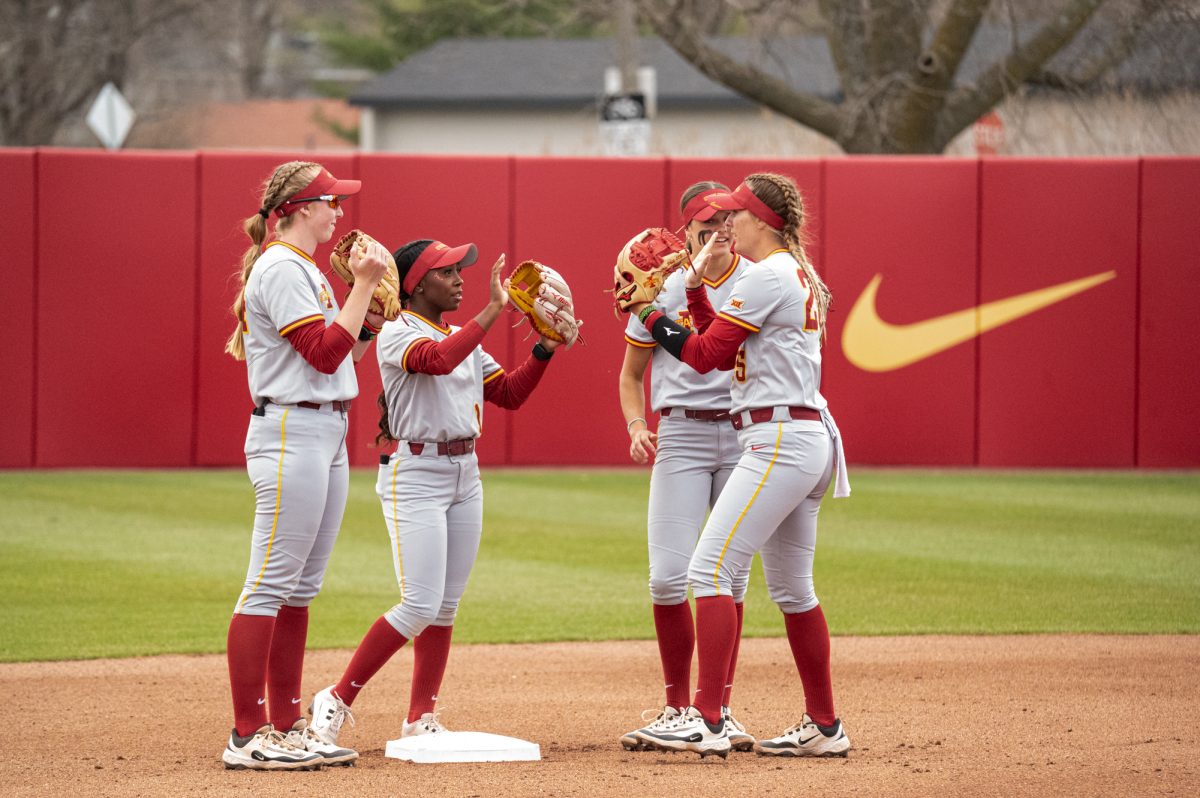We love boobs!
October 17, 2010
The endangered breast is on the brink of extinction. Normally found under sweaters or tight T-shirts, the breast is threatened by its ageless nemesis: the Great Cancer.
This hideous monster is robbing landscapes the country over of their most valued wildlife. The happy bouncing and carefree jiggling of the indigenous breast may never continue if we don’t defeat the Great Cancer.
In fact, this silent hunter affects almost 200,000 breasts per year. It’s an epidemic and must be stopped. This predator has been robbing breasts and their keepers everywhere of their right to live happy and fulfilling lives. It may be one of the worst enemies facing our society at large.
This is because women already work closely with breasts, preserving their natural habitat and ensuring their health. This effort is not unnoticed; men everywhere rejoice. But the glorious crusade to defeat the Great Cancer must steadily march onward. In fact, because of their close association with breasts, the Cancer consistently targets women along with the breasts they safeguard. This hunter can be deadly and is responsible for more than 40,000 deaths per year. In fact, breast cancer is the second-most common form of cancer in women, behind skin cancer.
Top researchers, who have spent years living among the breasts to earn their trust and study them more closely, say that once a breast is 40 years of age or older, it should be taken to a breast doctor for yearly checkups. Breasts 20 to 30 years of age should receive clinical breast exams (CBEs) at least every three years. This is one of the best ways to keep a breast safe from this evil force. The best reaction to a threat like this is always prevention.
The Great Cancer is a patient hunter, stalking its prey for years. Breasts hunted by this foul fiend may be dimpled, swollen, red or even scaly. Their foremost sensory organ, the nipple, may be exceedingly tough or even turned inward. If you see a breast in pain or with any of these symptoms, rush it to the nearest breast doctor. You may save its life.
You may say, “But none of my friends have been hurt by this epidemic! I think you’re playing up the danger here. It can’t be that bad.” Well, not today. The breasts in college are considered far less easy targets of the Great Cancer, and the number of attacks has been steadily decreasing over the last few years, but this does not mean we can stay inactive. In fact, approximately 1 in every 10 women will contract breast cancer by the time they hit 90 years of age. The killer is patient and is willing to wait until the opportune moment to strike.
“Okay, Eddie and Brandon, you’ve convinced me to fear this menace to our world. What can be done to stop it?”
Now you’re thinking. We commend you for your forward-thinking activism to save the happy, simple lives of the breast.
Even here on campus you can get involved to help save these marvelous creatures from extinction. Iowa State is hosting a “Bowling for Boobs” event at the Memorial Union Underground tomorrow night. Bowling and T-shirts are available, and all the money made will be donated to those heroes trying to preserve the happy and carefree lifestyle of these lovable creatures.
At this event, a breast cancer survivor from Ames will be speaking and answering any questions about this threat and what can be done to stop it.
The march against the Great Cancer will only press relentlessly onward if we band together. Through constant vigilance we will defeat the Great Cancer at every turn, and the rejoicing of the breast will be glorious indeed.
A note from the authors: This column made light of it, but breast cancer is a serious issue and has destroyed the lives of thousands of women. All facts and figures in this column are accurate, and everything within our power should be done to stop breast cancer from claiming the life of even one more woman.






